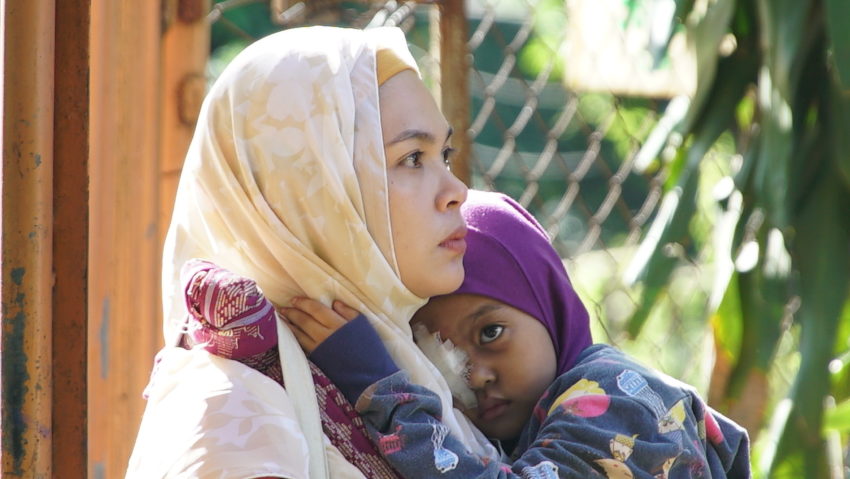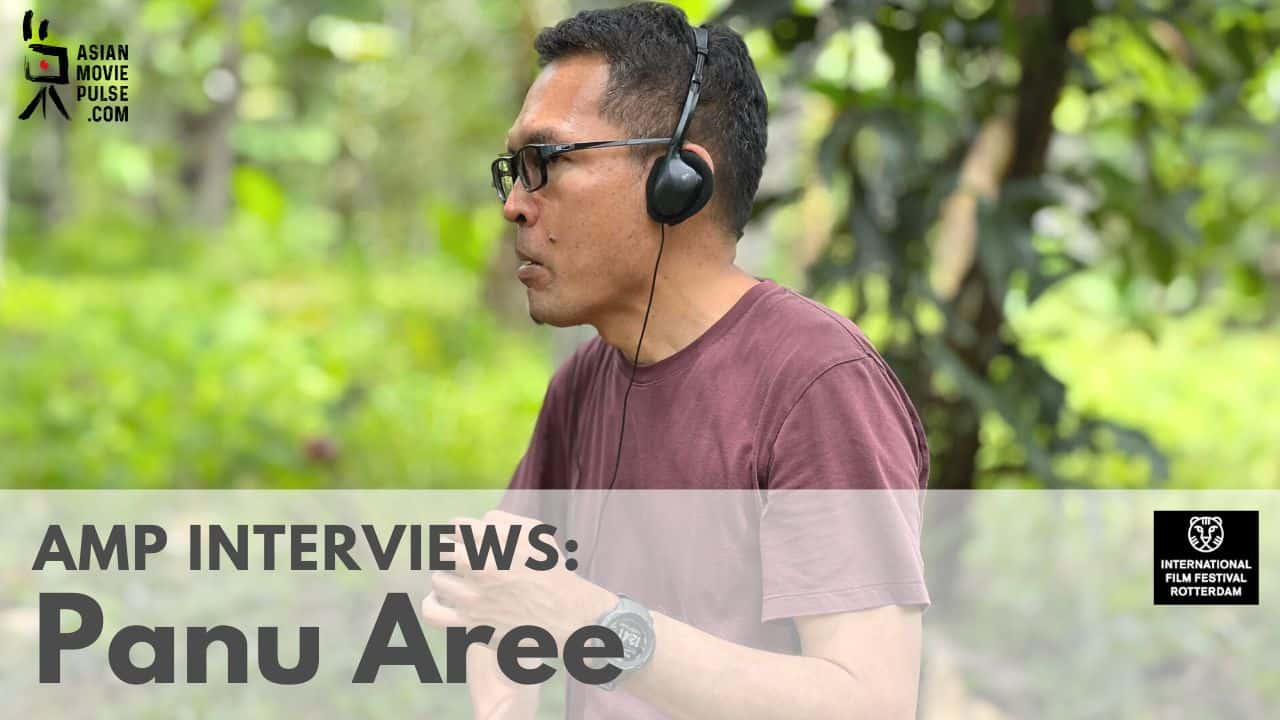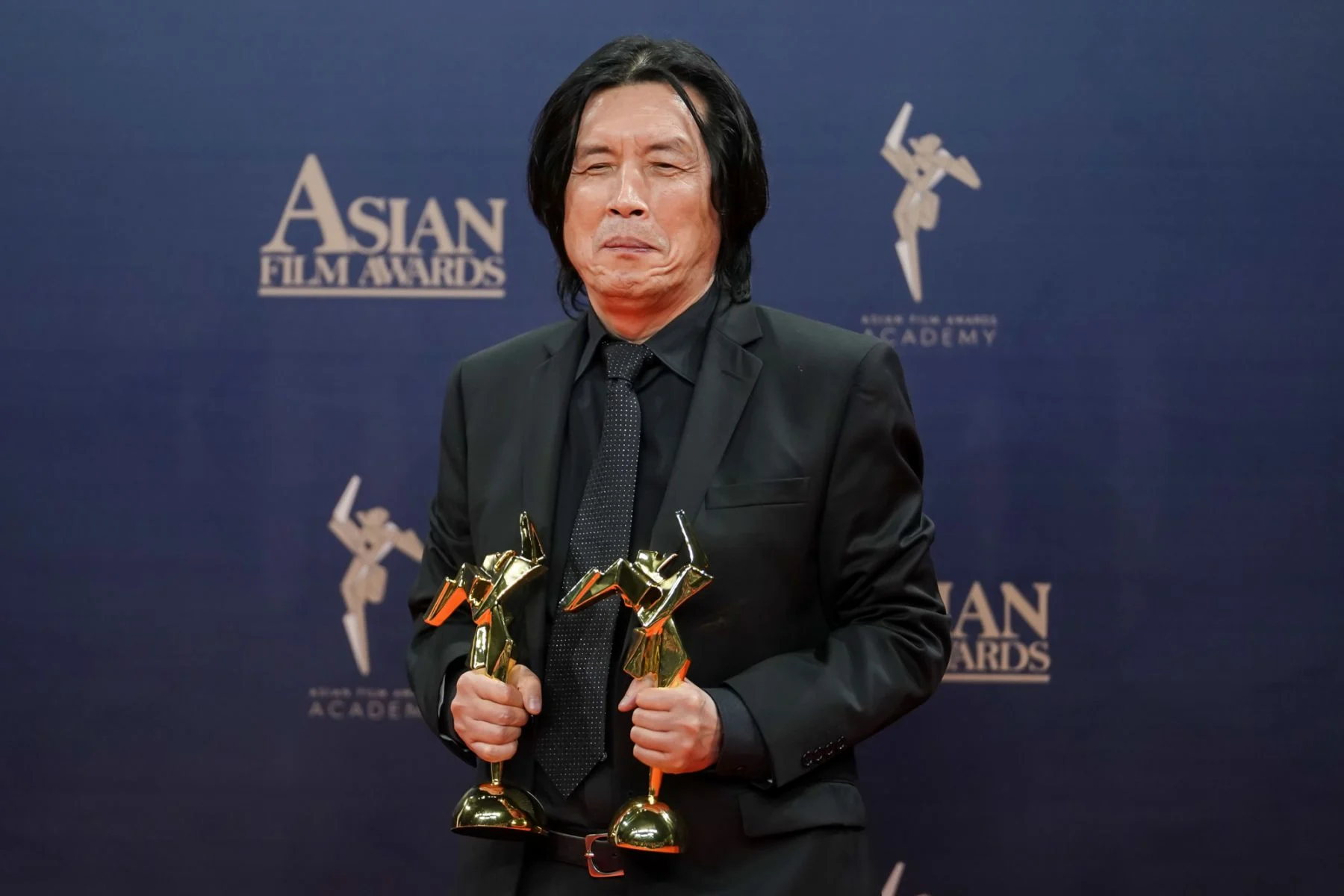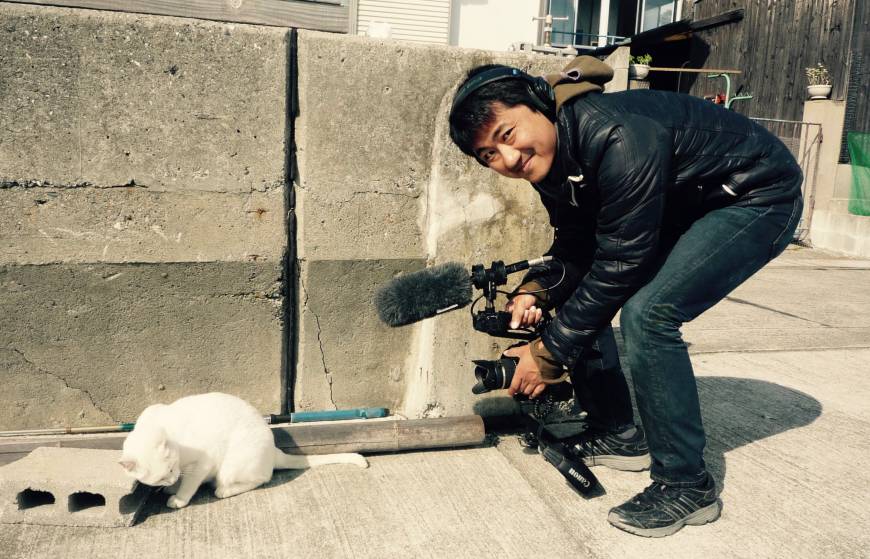Brillante Mendoza graduated in advertising from the university of Santo Tomas in Manila. He started his career as a production designer in films, television, theatre and in television advertising. Today, he is one of the one of the most important Filipino filmmakers with films winning accolades at major festivals. At Venice both Lola (2009) and Thy Womb (2012) were nominated for the Golden Lion. At Cannes, Service (2008) vied for the Palme D'Or, Kinatay (2009) won Best Director, Taklub (2015) screened in Un Certain Regard, and 2016's Ma' Rosa screened in competition, winning Best Actress. Mendoza also works as a producer with young directors, with his latest work, “Verdict” by Raymund Ribay Gutierrez, screening at Busan this year, along with his own latest movie, “Mindanao“.
We speak with him about his career and Filipino cinema, Netflix, shooting a film about and in Mindanao, the animation part of the film, and inevitably, the pandemic.
You have been directing and producing films for 15 years now. What are the most important changes in Filipino cinema you have witnessed and how do you feel you have changed as a filmmaker? How much does the political setting affect you as a filmmaker?
Filipino cinema has evolved in various ways; with technology it has become easier to create, share and distribute; there are more platforms now; we have more film festivals, and international film festivals have become more accessible to us where we can make our works known, compared to before, when, as Filipinos, we only had a few names to represent us abroad, like Brocka and Bernal. Also for the younger filmmakers, these days they can express themselves more freely regardless of censorship, therefore more topics they can work on which may have been quite untouchable before. I have noticed though, that perhaps we still not have not sufficiently created that ‘Filipino identity', the way Korean or Japanese films and filmmakers have; the texture, the story often boil down to stories of poverty— but then such is the situation that a huge percentage of Filipinos find themselves in. Our failures and successes will change and teach us, and I think as long as we persist in learning, we can change and improve.
From working in advertising then becoming a director, that was a big change already, and it was not my plan to be in this path, and in directing ‘Masahista' I realized and accepted that filmmaking is not easy, even now. We just continued to be consistent in putting our works where the international audience can watch the stories of our people and recognize Filipino talent, as that will open doors for more Filipino filmmakers. As creative individuals, we create no matter what the political setting is, and naturally, what we feel and see around us, the social issues, the effects of actions either by the government or the citizens, the events—these add to the content of our works. I think too that once you make a film that is about a social issue, it automatically becomes political
In 2018, you shot “Amo” for Netflix. How was your cooperation with them?

“Amo” was supposed to be for free TV, and was afterwards acquired by Netflix. I thought it would be a waste if “Amo” would only be on television for three months, as it tackles relevant social issues. I was given creative freedom, the only condition they set was that I make each episode a few minutes longer, and I only needed to make edit cuts.
Why did you decide to shoot a film based on Mindanao? What makes this area of the Philippines so interesting?
North to south, the Philippines have a very rich history and culture. The idea of making a film about Mindanao—the south—has always been there, it has many stories that need to be told, the island and its people offer us so many beautiful things, like how they manage to retain their colorful culture. Unfortunately, many people, when they hear of ‘Mindanao' the first thing that comes to their mind is violence, but we always say, Mindanao is so much more than that. Certainly, many films have been shot in and about Mindanao, but it has always been our intention to put the stories of Mindanao in front of the international audience, to help change perspectives, as long as we are able to do so. There are many things to appreciate and respect in Mindanao.
What is the situation with Maguindanao people at the moment? How close to reality are the situations presented on screen? What is your opinion of Duterte's policy for the area (martial law, etc)?
Like any other province in the Philippines, or the world—the Maguindanaons are a good people who continually strive to rise and resolve the issues in their lives. What was shown on the screen not only reflects parts of the lives of Maguindanaons but also the lives of the common Filipino people. In some areas of our nation, there will be those who sow terror, and those who fight against it, whatever their faith; there are mothers who are forced to raise their children almost on their own, there is illness, but then in spite of the pain and the grief, we find strength, joy and love. Regarding policies, whatever is being done as long as it is for the for the security of the people and is implemented fairly, sensitive to their welfare and respectful of their rights, I think one can agree with it, although certainly it is really up to the people affected to speak out if they feel that they are for or against it, and Filipinos are by nature vocal.
Why did you choose to include animation in the film, and why the particularly story? Can you give us some details about the animation process, particularly since the drawing look much like children's drawings?

When the writer, Honee Alipio included the story of the two brothers based on the epic tale, it seemed apt because it is a story about fighting against something that ruined people's lives and losing a loved one. Aside from using it in consideration of the younger viewers so that they can enjoy the film more—as it may seem too serious, and after all the film is also a tribute to our nation's youth and raises awareness about cancer—I thought it would be very interesting to merge animation throughout the film. I do not often see films that use Philippine or Mindanaoan folk tales, and Filipino filmmakers should, because that is part of who we are, and a way to teach the young about our past. It took a year to finish the animation, as compared to live shoot it cannot be rushed, and we made it look like children's drawings, because it is from a child's perspective, and because that is what the girl was doing—drawing using crayons. Thank God it worked well.
Despite the drama and violence that permeate the narrative, your approach is somewhat restrained. Why? In general, what was your purpose in shooting this film?
Perhaps it seems restrained because our purpose was first to raise awareness on cancer—the disease, second, the cancer in our land—war. Both are taking the lives of our people, both very heavy topics already. We want to highlight the kindness of those who bear much in their lives, the love that binds parents to their children, the relationships, the sacrifices, which are what made this country. There are films that require a bit of softness, some films require one to be hard. I am aware it is quite a different style from what people usually expect from me, but even now, I believe that we should continually learn and grow, in spite of what we are accustomed to.

The scene with the fight-dancing between Malang and his opponent is the most impressive in the film. Can you give us some details about the way you shot it?
That part is what we call an ‘astral' scene, we employ it in many of the films we are producing. It shows how a man like Malang, a soldier and a Muslim, feels torn about his service in uniform and his love for his fellow Maguindanaons who he sometimes encounter in battles. The choreography, props, details were considered, the scene was shot not just for the sake of aesthetics, but because it implies something deeper.
The film features a number of scenes where animation and live-action are presented at the same time. How did you manage that and how was your cooperation with editor Diego Marx Dobles?
Diego Marx Dobles has been working with me as an editor in Center Stage Productions for a very long time so we are used to each other. The editing process for “Mindanao” was definitely not easy, it requires good story-telling skills by the editor and guidance by the writer and our consultant Armando Lao. Diego had to find ways to intertwine the point of views of the mother, the father and the daughter, then the animation—a difficult job.

Can you give us some details about the casting? How was your cooperation with Judy Ann Santos, particularly since this is an unusual role for her?
It is important that actors fit the requirements for a role, not just physically but also mentally and emotionally. Yuna, the child, did very well even though it was her first time to act. Allen Dizon is the silent type of man who has fine acting skills and he really suited the character of Malang. I have worked with him in Alpha so I know what he is capable of, I appreciate that. Judy Ann was perfect for the role. First she has a good reputation which helps the film and the character she had to play, and as a mother she knows how to take care of a child, she has the heart and a natural touch to it. Her acting skills were never in doubt, although there were things we needed to adjust, and she was ready to adjust because acting for mainstream television or films is quite different from what the film “Mindanao” required. I think when directors and actors respect each other, whatever differences they may have, if they understand what they are doing, its purpose, it produces a more genuine result.
Are you working on anything new? How do you feel the pandemic will affect cinema?
We do not stop working, in fact we were very fortunate to finish shooting our film, ‘Gensan Punch' before COVID 19 struck us hard, and now we are editing. The pandemic has cost us a lot—we lost people we know, workers are unable to earn—it affects everyone, not just us who are involved in filmmaking, the cinema. But I think this will awaken us in many aspects—to consider the safety and security of our workers, this is a reminder of the saying that no role is unimportant, that directors like us are nothing without those who work with us. It makes us realize that we are too small, that one virus can disrupt and halt everything. Creative-wise, this will teach us to look at things differently, to value time and all the things we have, to focus on greater and deeper issues, to create works that have more impact, and be braver when it comes to the things we do.















